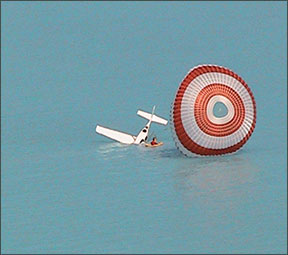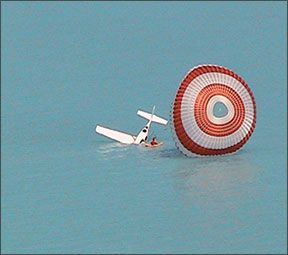A close friend, pilot and former aircraft owner is fond of reminding me that general aviation “as we know it” is going away. He laments losing the GA industry as it existed in the last 20 or so years of the previous century, mainly because fewer pilots today use their airplanes for personal transportation. (Business use of GA continues, of course, with its fortunes tightly tied to the overall economy, which is another topic.)

We often will discuss the differences between GA then and now, but rarely agree on a verdict. We do agree one of the major challenges is today’s relatively high cost of aviation fuel. It’s an expense directly reflected in how much we fly, and when its price rises, pilots fly less. It’s not rocket surgery.
He and other look at the relative expense of using a GA aircraft for personal transportation—an early Beechcraft A36 Bonanza, for example—and point out its performance isn’t any different from a brand-new one. There’s no innovation, they say. Yes, they’ll admit, the new airplane is a lot nicer and more capable, but the old one can be upgraded to the same or better capability, still for less money than buying a new one.
Perhaps the Model 36’s basic airframe design and materials haven’t changed much since the first one in the late 1960s, but high-tech composite materials in shapes too complex or expensive to fabricate from aluminum are being used throughout modern airframes. The benefits include less weight and, often, greater strength.
But this is less about new airframes than it is the laws of aerodynamics. Thermodynamics, too, when considering the basic design of aircraft and the piston engines powering them. Until there’s some breakthrough in drag redution, metallurgy, in storing electricity, in cold fusion or in warp drive, we’re stuck hard against the upper limits of those physical laws.
The naysayers also ignore the real technological advances elsewhere. While it’s likely there will never be a new, all-composite Bonanza with an airframe parachute, there are other choices. New-tech powerplants to replace a big-bore piston engine’s performance are still a ways off, but if you’re willing to accept lower output in a smaller and lighter airframe, alternatives are out there today.
Of course, the biggest changes in GA over the last 30 years have come in avionics. Even 15 years ago, a color moving map with a go-anywhere navigation system in every panel was still a gleam in the industry’s eye. Personal airplanes of the day had to have a DME and an ADF to qualify as well-equipped, and autopilots rarely did more than track a localizer or VOR—forget coupling a long-distance nav system to one and not needing to touch the yoke for hours at a time.
Another great example of the way GA has changed sits in our lap. Rather than great strides in airframes and powerplants, today’s GA aircraft are an order of magnitude smarter than those of just 20 years ago, even if that newfound intelligence results from non-certified hardware and software. The enhanced situational awareness of electronic charting and the miniaturization of accelerometers, magnetometers and GPS receivers in smartphones and tablet computers have combined to revolutionize the way we can fly today. The software’s pretty good, too.
And it’s just a matter of time before fast, real-time links to the Internet from our cockpits become commonplace. That will bring another revolution in capability to GA, as will the proliferation of additional, reliable hardware and other components initiall designed for unpiloted aerial vehicles—drones—which eventually will trickle down to us.
Along the way, many innovations have made flying safer, although sometimes it’s hard to tell from the statistics. But we’d argue more GA aircraft safely complete risky missions these days than was the case 30 years ago.
Yes, the idea that ownership and operation of a capable cross-country machine is within the financial means of average workers is passé. At the end of the day, the market for personal GA aircraft, training and equipment rises and falls with macro economic trends. The desire to learn to fly, buy an airplane and use it for personal transportation is and always will be there among vast portions of the population, but the days of typical wage earners opting to acquire and operate a family airplane are distant memories.
What we’ve seen, instead, is the proliferation of smaller, lighter airplanes, often with range and capabilities that seem limiting when compared to what was the norm 30 years ago. This market is populated by store-bought LSAs and experimental aircraft. They’re great for a $100 hamburger run, and possibly even an overnight getaway to the mountains or a beach, but the destinations need to be close, the load light and the weather good.
Those of us with the need and ability to operate a personal aircraft for basic transportation still do it. There was a time when we were numerous, but that was a while back.
Yes, general aviation “as we know it” is changing and has changed, and there’s likely no going back. In many ways, GA has gotten better, safer and easier with time. It’s definitely different today than in the industry’s sometimes mystical “golden era.” But change is inevitable, and just because things change doesn’t mean it’s bad. — Jeb Burnside




